Economics > AQA Question Papers > A-level ECONOMICS Paper 1 Markets and Market Failure. PREDICTOR QUESTIONS. 100% EXAMINABLE QUECTIONS (All)
A-level ECONOMICS Paper 1 Markets and Market Failure. PREDICTOR QUESTIONS. 100% EXAMINABLE QUECTIONS
Document Content and Description Below
Context 1 Total for this context: 40 marks The pharmaceutical industry Study Extracts A, B and C and then answer all parts of Context 1 which follow. Extract A Figure 1: Profitability of new paten... ted drugs Figure 2: Price of generic drugs compared to patented drugs, and number of manufacturers Year Mean rate of return on new drugs (%) 2010 10.1 2011 7.6 2012 7.3 2013 4.8 2014 5.5 2015 4.2 2016 4.2 2017 3.7 2018 1.9 2019 1.8 Source: Deloitte report, 2019 Note: the mean rate of return is the average profit a pharmaceutical company can expect to make on a new drug over its lifetime, as a percentage of its development cost. Source: Oxera report, 2019 Note: a generic drug is one which is no longer protected by a patent, and so can be made by any pharmaceutical firm, not only the original manufacturer. Extract B: Rising prices in the global pharmaceutical market Pharmaceutical drugs are very expensive to research and develop, costing an average of $2.6bn. The most expensive, Zolgensma (a specialist gene therapy drug), costs $2.1 million per patient. In order to encourage firms to invest in research and development, governments grant patents for new drugs. Patents preserve a company’s intellectual property rights and give the company a legal monopoly that usually lasts for 20 years. Global drug prices have soared. The USA spent $334bn on prescription drugs in 2017, up 41% from 10 years ago. Some price rises have been dramatic. The price of one antiparasitic drug, still protected by a patent, rose from $13.50 to $750 per pill. After the monopoly’s patent expires, other companies can manufacture and market the same drug under its generic name, usually at a lower price. For generic drugs, the UK government’s policy is to rely on competition in the market between suppliers to control their price. Despite being a monopsony purchaser of these medicines in the UK, the NHS has relatively limited influence over their price in what is a global market. During 2017–18, the prices of certain generic drugs increased substantially, partly as a result of two large manufacturers having their production suspended because of quality issues. For example, the price of a generic mental health drug called Quetiapine peaked at £113.10 per 100mg, having previously cost £1.59. 1 5 10 153 IB/M/Jun21/7136/1 Turn over ► The NHS budget of £138bn is not enough to meet all the demands for its services. Therefore, difficult allocation choices must be made. Rationing of care and treatment is inevitable. NHS spending on drugs in England has grown from £13bn in 2010–11 to £18.2bn in 2017–18, an average growth of around 5% per year. Policy on drugs in England aims to balance the competing goals of giving patients prompt access to effective treatments, incentivising the pharmaceutical sector to develop new products and ensuring that expenditure on drugs is affordable for the NHS. Today it is becoming harder to balance these objectives. 20 Source: News reports, 2019 Extract C: Is the market for pharmaceuticals working well? The market for most generic drugs is oligopolistic, with just two or three manufacturers making each product. This enables significant economies of scale within firms, but also presents the risk of consumer interests being harmed. In 2019, US regulators accused 20 firms of colluding to raise generic drug prices by as much as 1000%. Combined with the monopoly for those drugs protected by patents, high prices and profits prevail in many parts of the industry. However, pharmaceutical firms argue that they take enormous financial risks in the search for new drugs. GlaxoSmithKline has spent just under £20bn on research and development over the past five years, while AstraZeneca spent nearly £30bn. These high development costs have led to new drugs becoming less profitable over the last decade. Pharmaceutical firms also provide thousands of highly skilled jobs and a reliable and safe product for consumers. Medicines and vaccines have played a crucial role in increasing UK life expectancy by 11 years since 1960. Over the last 40 years, cancer survival rates have doubled, and HIV/AIDS has been transformed into a manageable illness. UK firms are at the forefront of such developments and they make large profits in doing so. Many drugs have an extremely inelastic demand, as patients require them to maintain good health, which provides monopoly firms and collusive oligopolies with an opportunity to exploit their position. If this happens, the Competition and Markets Authority has the power to tackle the problem aggressively. [Show More]
Last updated: 1 year ago
Preview 1 out of 8 pages
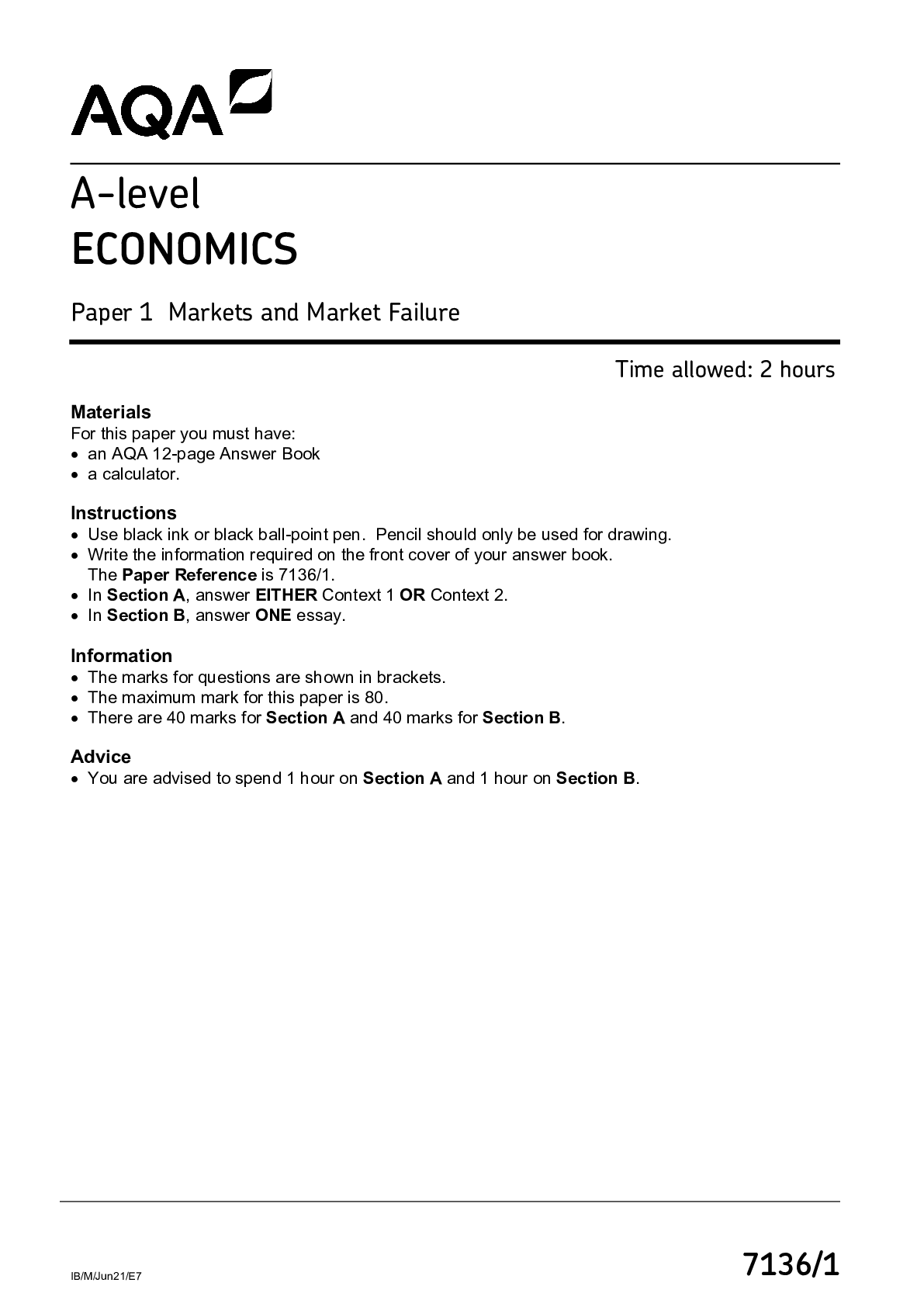
Reviews( 0 )
Document information
Connected school, study & course
About the document
Uploaded On
May 20, 2022
Number of pages
8
Written in
Additional information
This document has been written for:
Uploaded
May 20, 2022
Downloads
0
Views
109



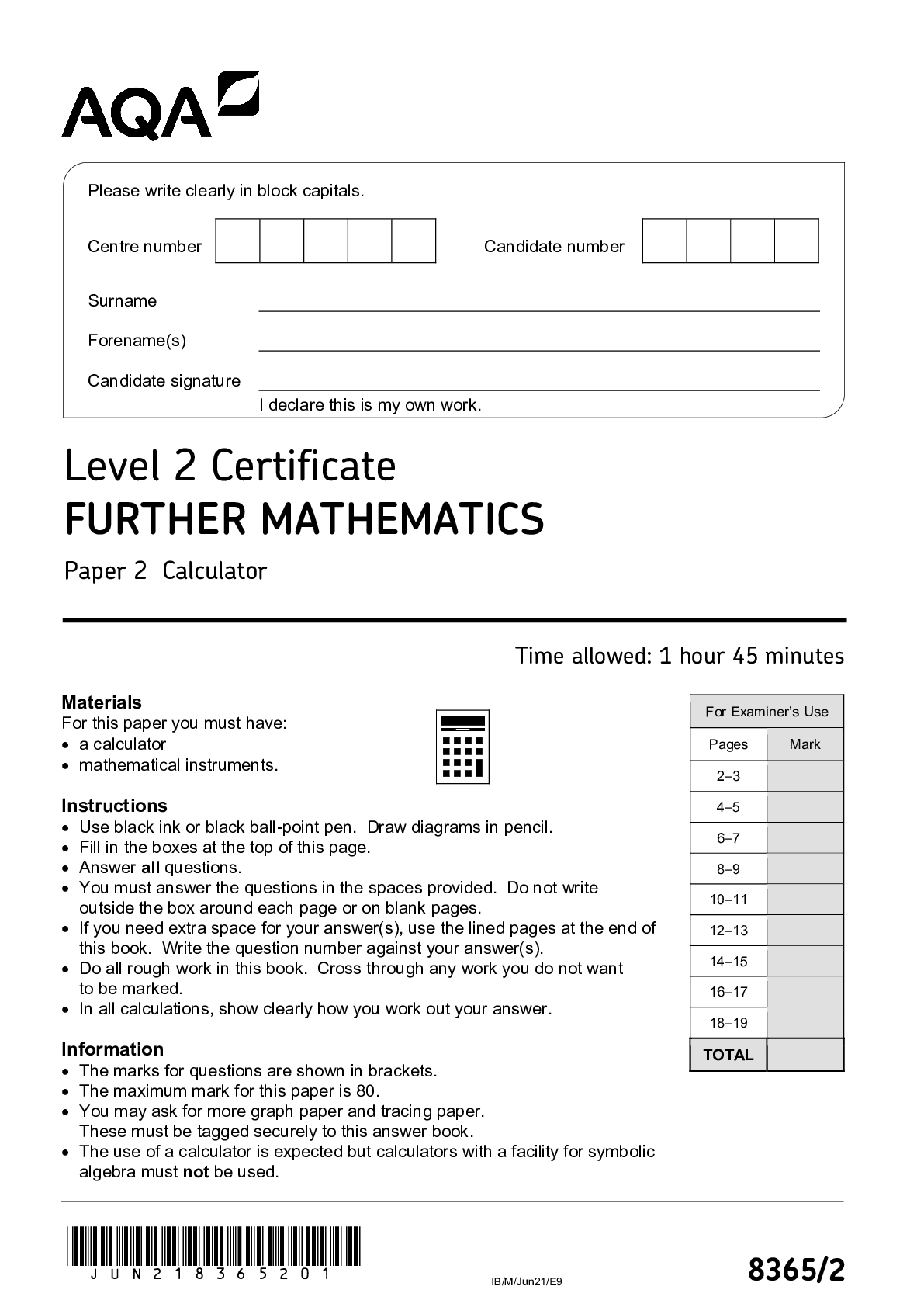
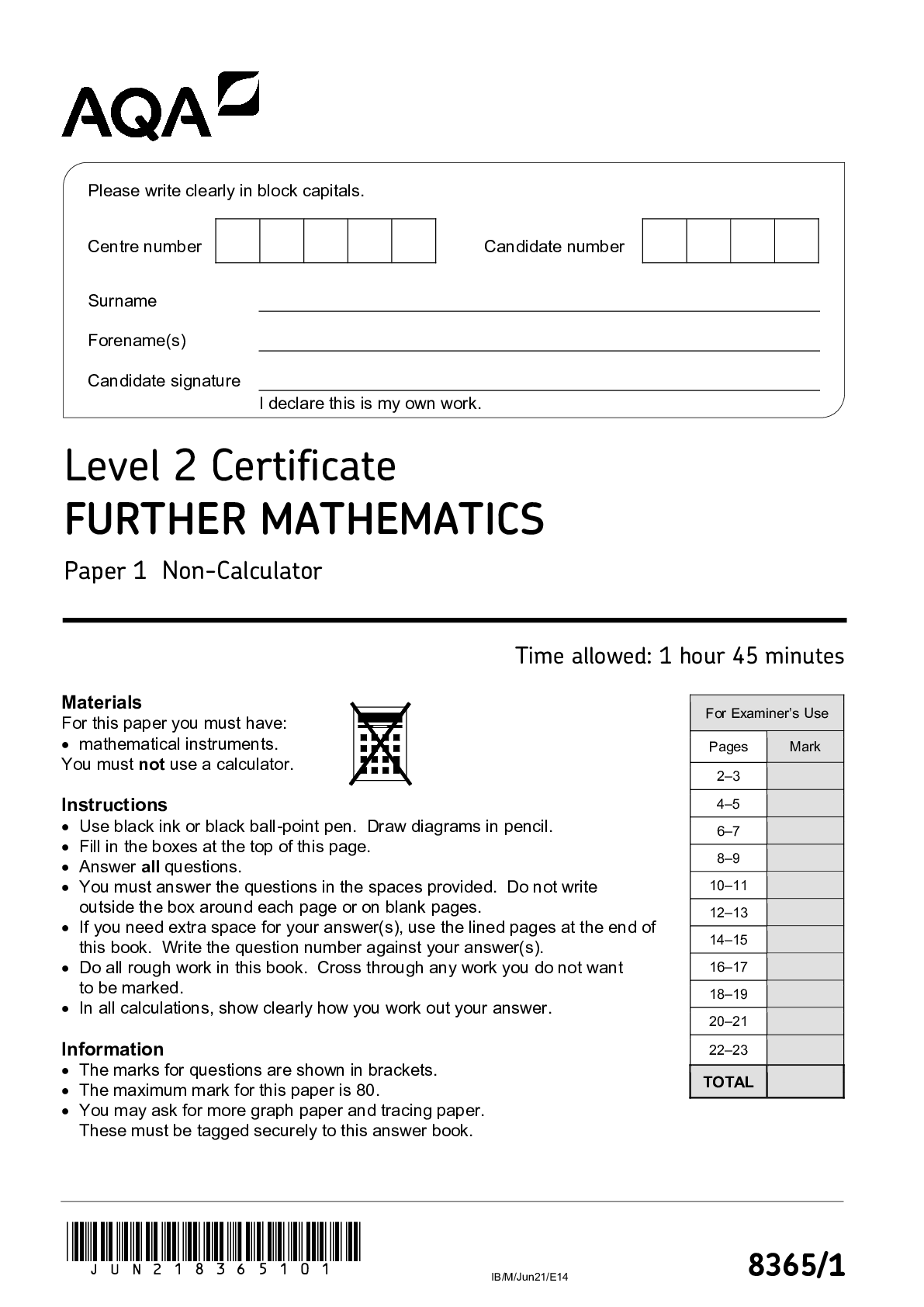
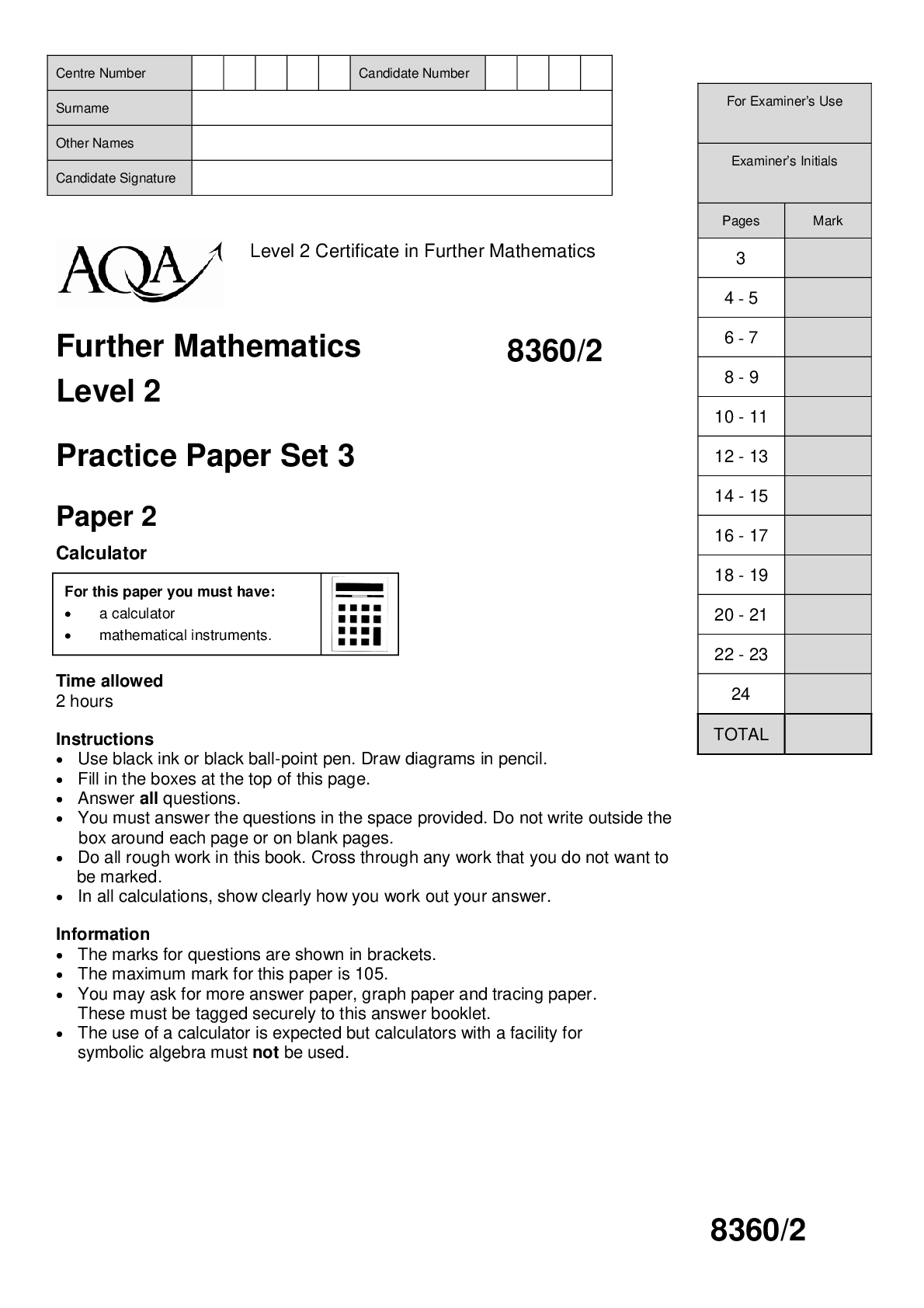


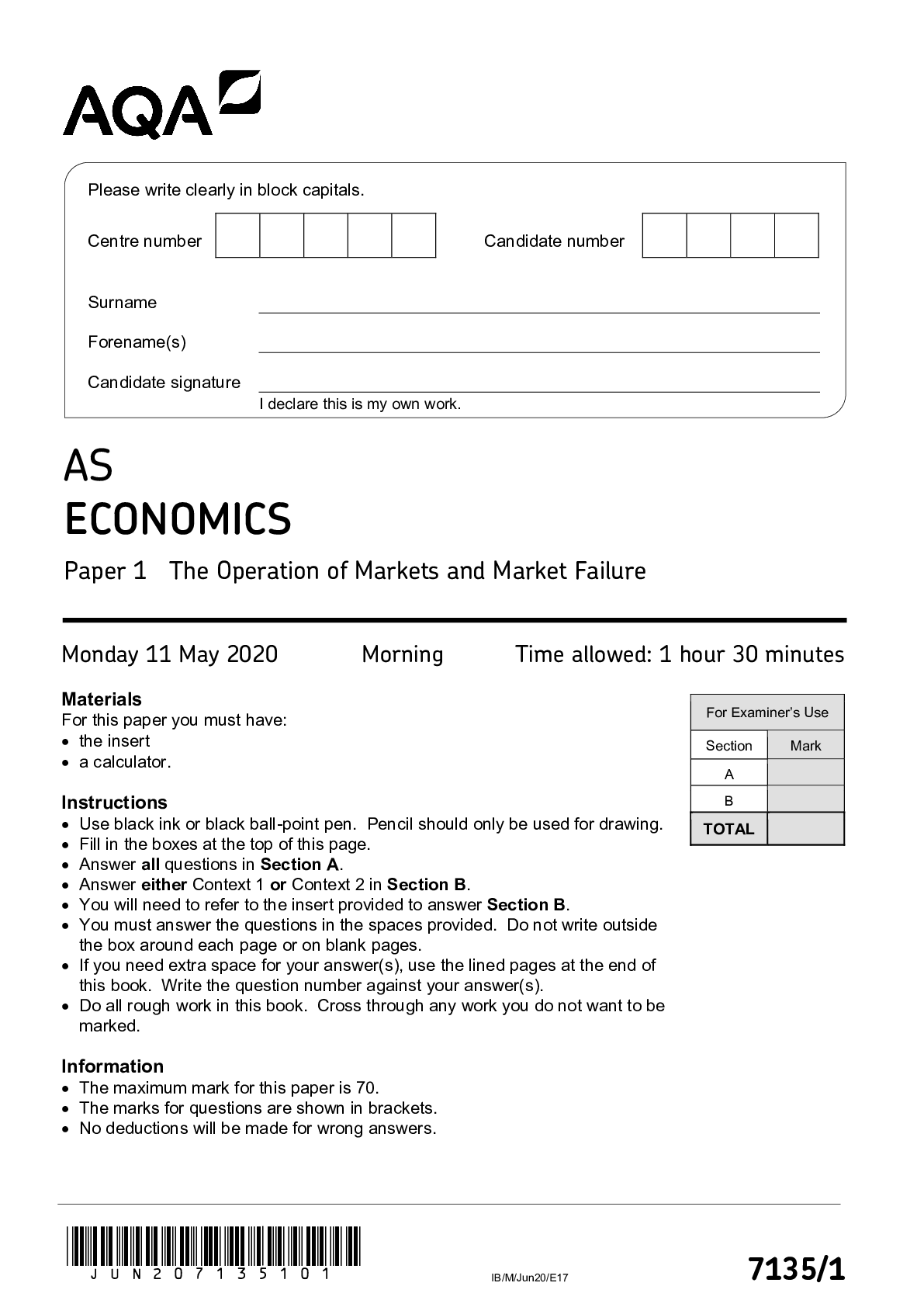

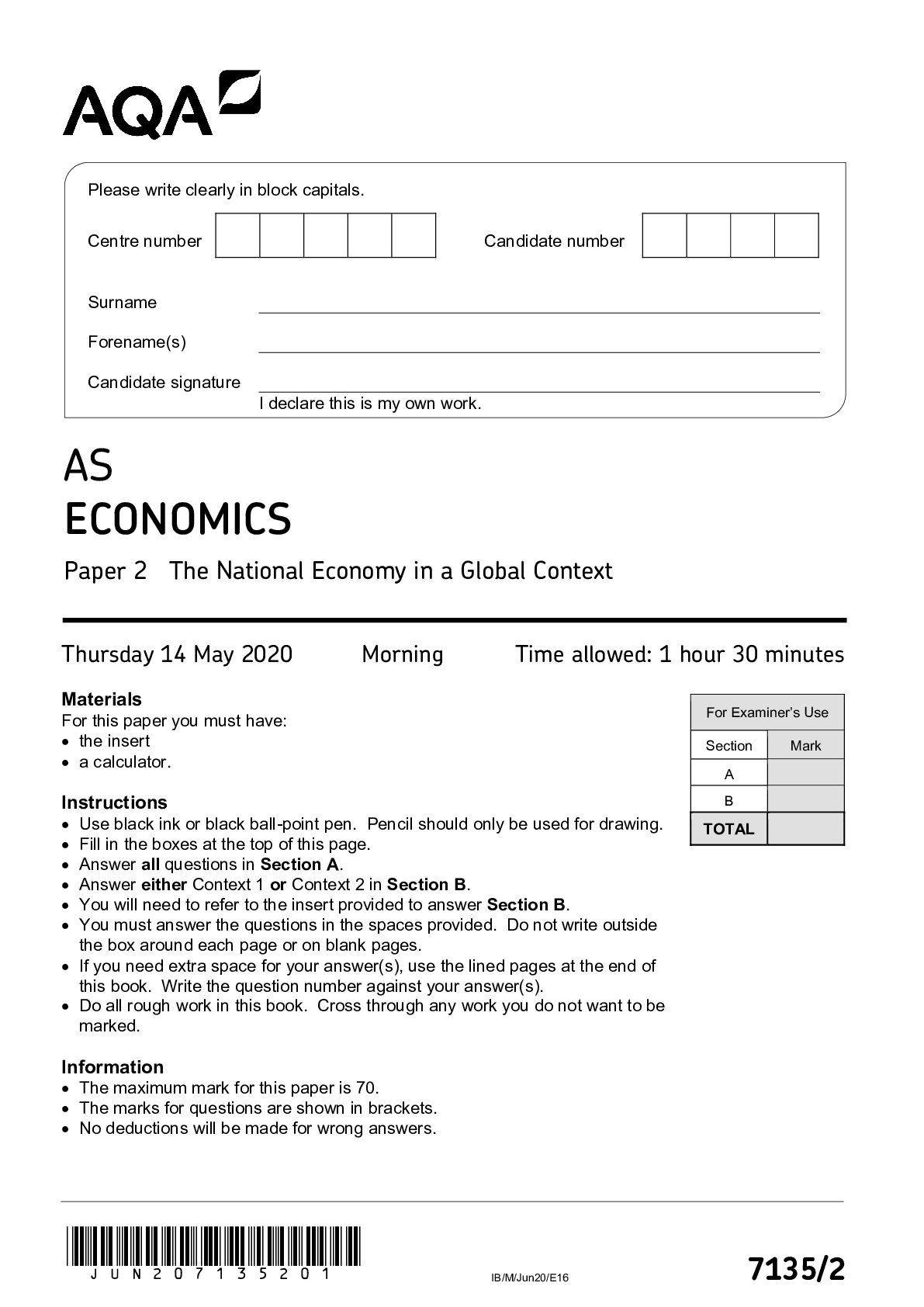
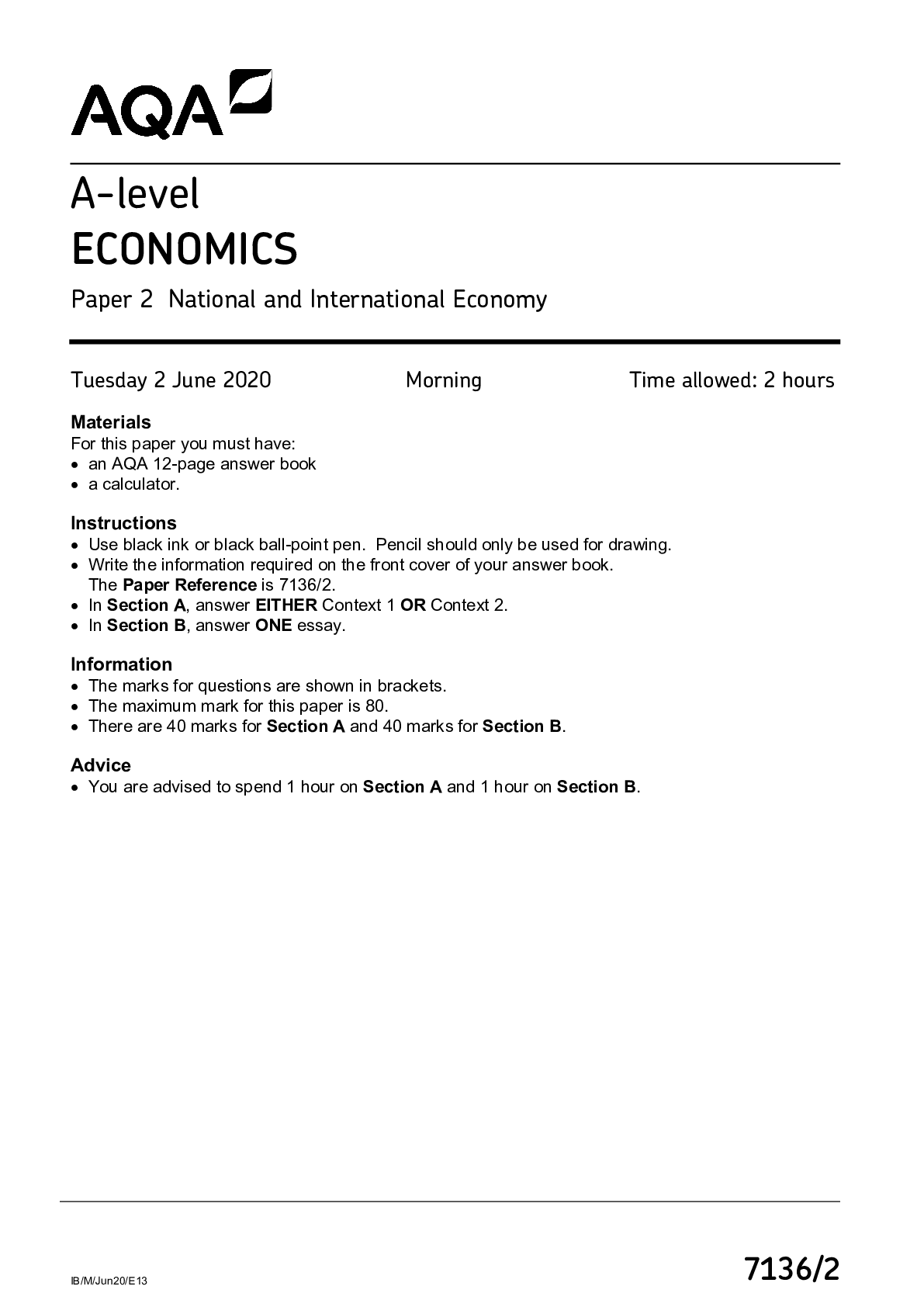
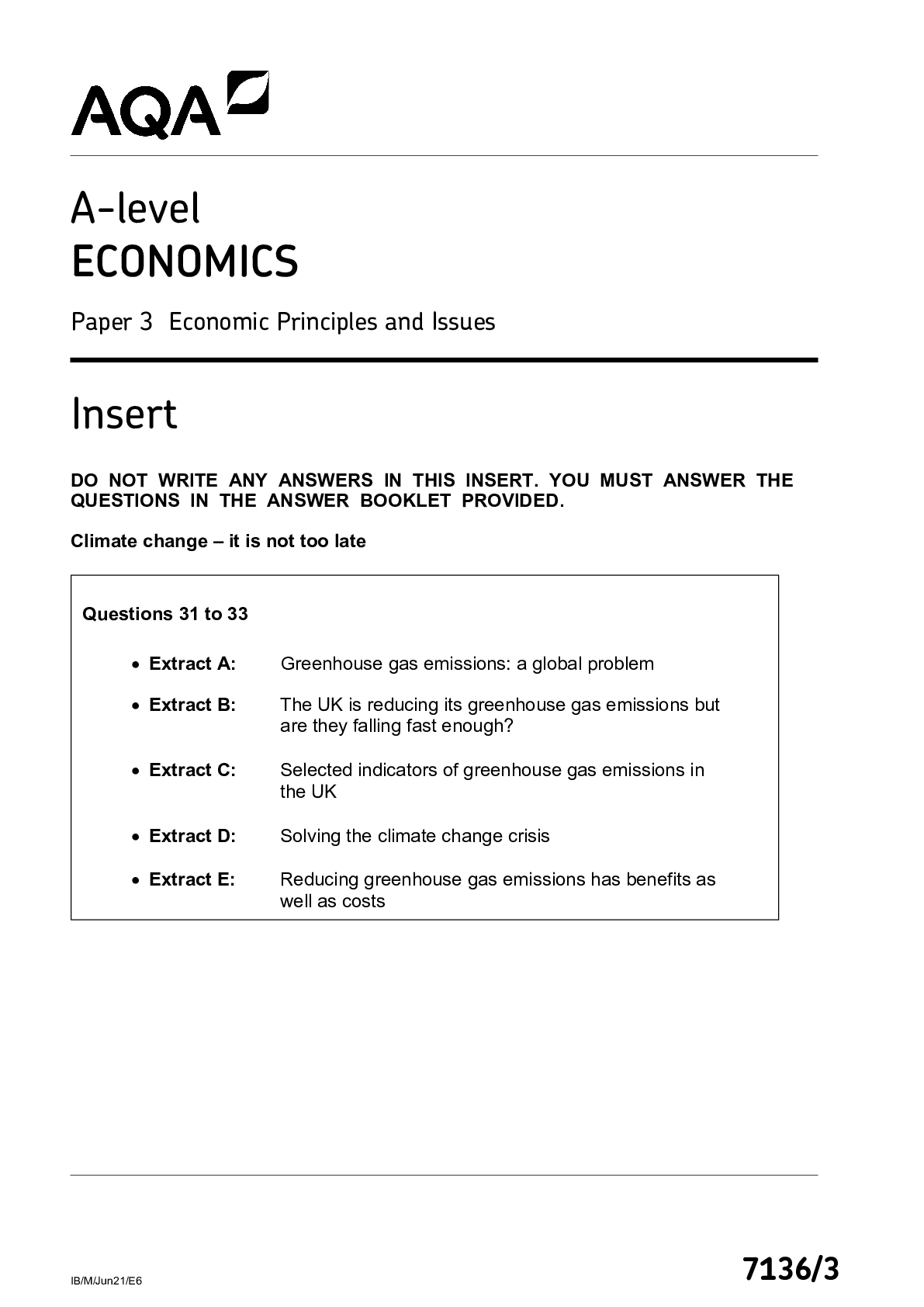



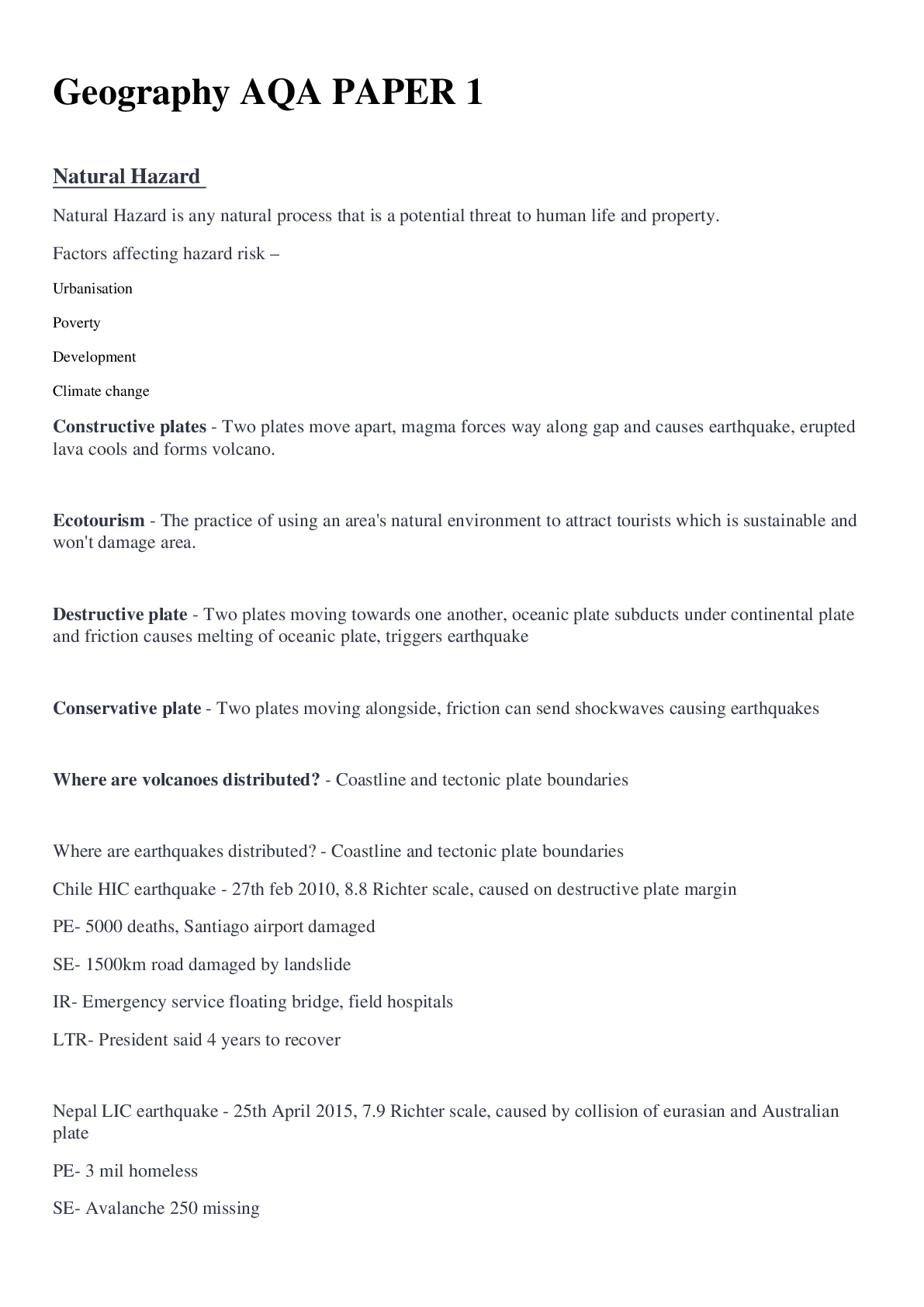


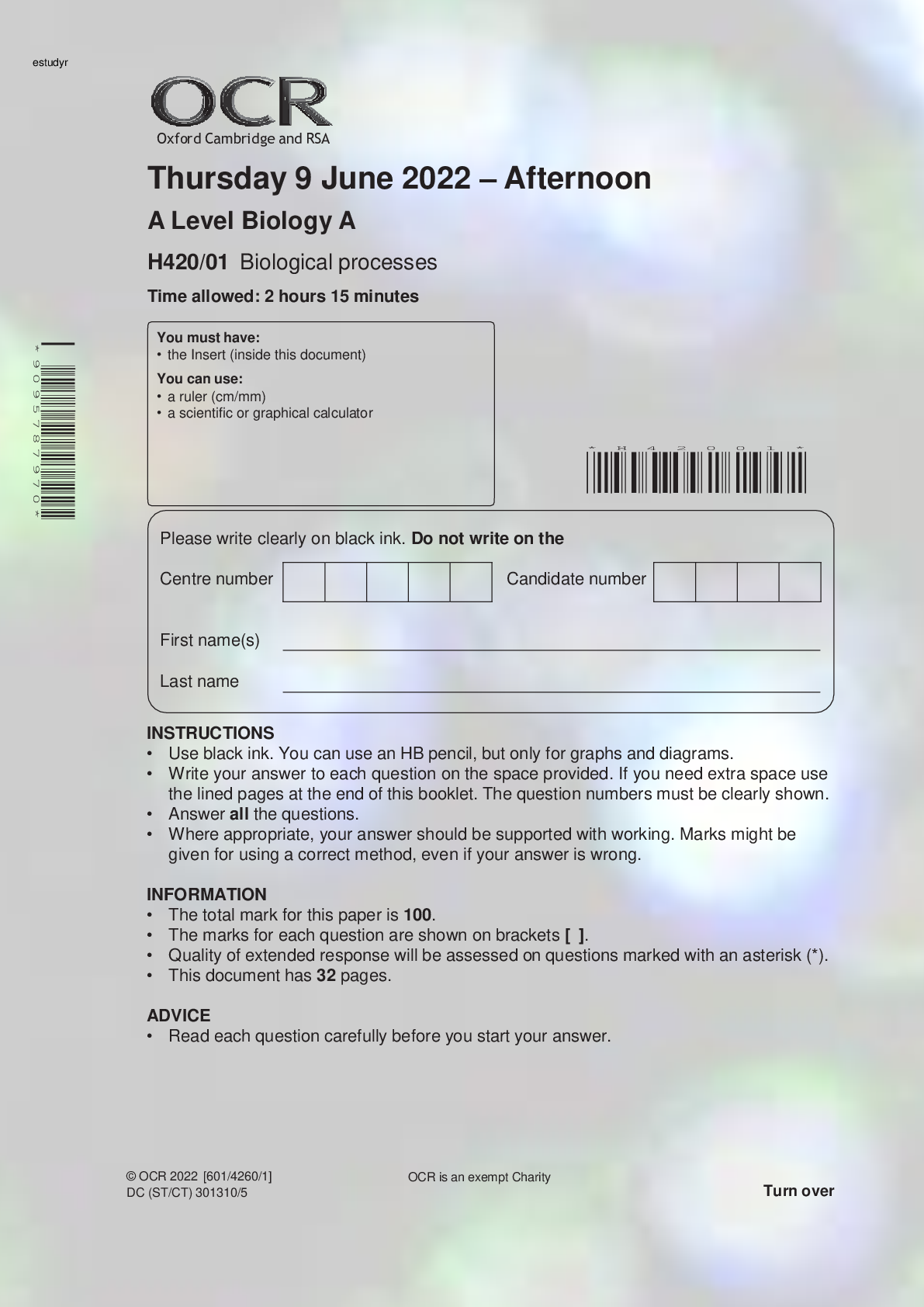
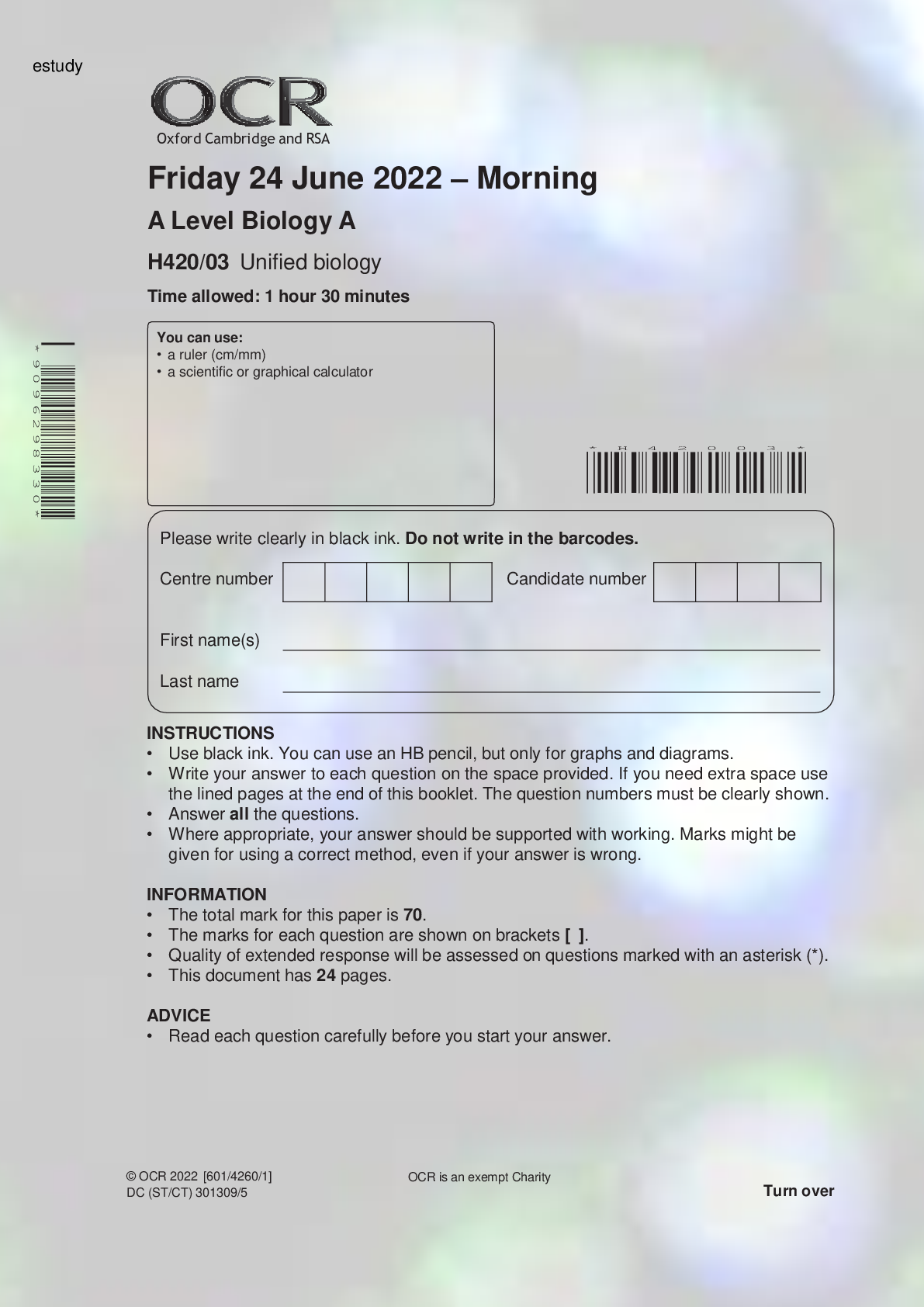




 - Paper 3 v1.png)
 - Paper 2.png)
 - Paper 1.png)

.png)

